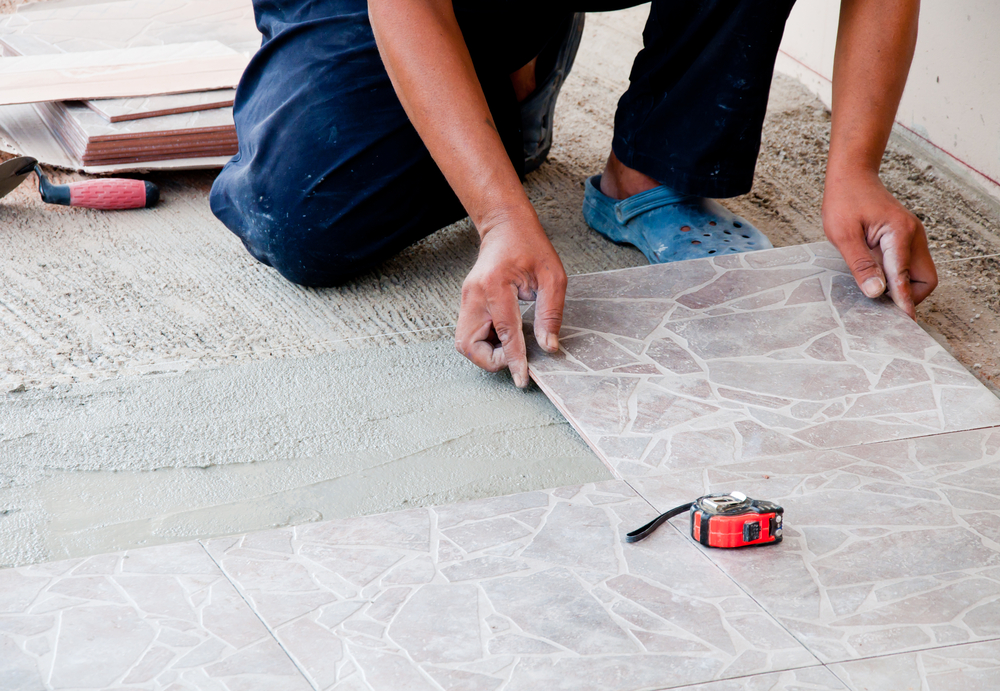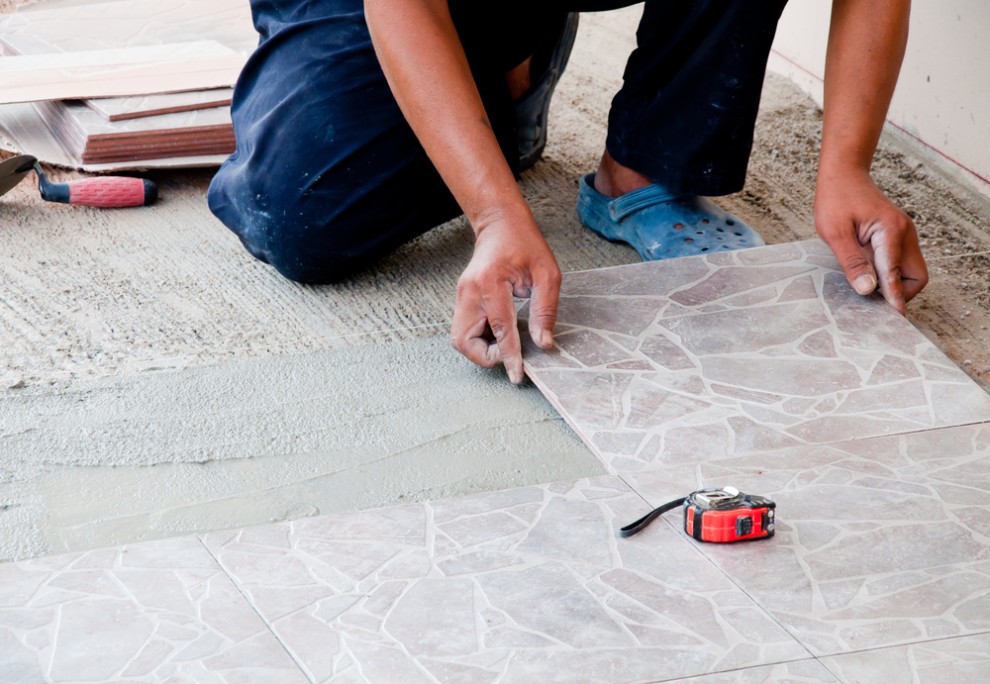Installing and sealing cement tiles ensures the beauty and long life of the investment in the new tilework. A good seal protects the tiles from water and other spills, dirt and debris, stains, scratches, and fading.
Step 1: Select a High-quality Sealer
The tile’s function must be considered when selecting the right sealant. Encaustic cement tile flooring requires much higher abrasion and water-resistance than a small decorative motif on a hallway accent wall. The back splash of a sink or oven requires high heat resistance. With so many sealants available, consulting a reputable tile dealer is advised. No matter how expertly a sealant is applied, if it isn’t the right one, the tile may deteriorate much sooner than expected.

Step 2: Install the Tiles
Install the tiles according to manufacturer’s instructions. Set the tiles, mixing from multiple boxes to ensure natural color variants are spread evenly across the tile installation. Allow the tiles to rest at least 24 hours before the next steps.
Step 3: Prepare the Tiles for First Coat of Sealant
Once installation is complete, clean the surface of each tile with water and wipe dry. Use water only. Acidic cleaners damage the surface of tile, and other types of cleaners interfere with the sealant bonding to the tile.
Step 4: Apply the First Coat Sealant
Depending on the area covered by tile, a soft cloth, paint roller, or airless sprayer is used. With sealant in a pump bottle, spray the top of each tile, then spread the sealant evenly with the cloth. When using a paint roller, avoid applying the sealant in straight lines. Use V’s, W’s, or arcs to spread the sealant over the tiles. If using an airless sprayer, each sweep should have 50-70% overlap. The sealant should be completely dry before proceeding to the next step.
Step 5: Apply the Grout
Ensure the sealant is dry before installing the grout. Care should be taken to avoid getting excess grout on the surface of the tiles. Best practice is to clean grout smudges from the surface as the grout is applied.
Step 6: Remove All Excess Grout
This important step makes sure the beauty of the tile shines through for years. Any grout smudges or residue left on the tiles after this step will be preserved between layers of sealant as long as the tiles are installed.
Step 7: Prepare the Tiles for Second Coat of Sealant
The surface of each tile should be sanded with fine-grit sandpaper. This roughens the first coat of sealant and gives the second coat enough purchase to grip and bond. During this process, checking each tile for excess grout missed in Step 6 is advised. Once each tile is primed by sanding, clear dust with a vacuum and slightly damp cloth. Allow tiles to dry.
Step 8: Apply Second Coat of Sealant
Apply the second coat of sealant following the instructions in Step 4. This step seals both the tiles and the grout, protecting them from abuse and stains.

